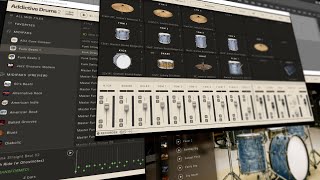
Oct 22, 2024 Tutorial
In this video, I discuss the new free update for XLN Audio's Addictive Drums 2, which I've used for nearly two decades. The update improves the plugin's layout with modern visuals, UI rescaling for better visibility on 4K screens, and some new features like a multi-band compressor and trigger gate. I'm thrilled with these subtle but impactful changes, making it a pleasure to use moving forward.
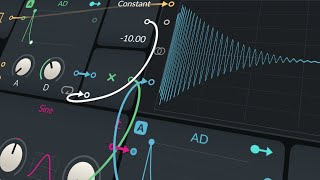
Apr 12, 2024 Tutorial
In this video, I discovered a new technique for creating kick drums inside Bitwig's grid. By modulating the phase input of a sine oscillator with an AD signal and multiplying it by -10, the kick drum's tail end stays in place even when changing the pitch envelope. This allows for easy alignment with bass sounds and provides fast control over the attack phase of the kick drum.
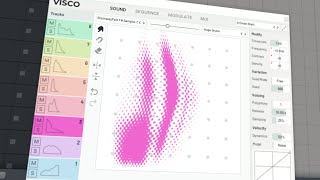
Mar 25, 2024 Tutorial
In this video, I discuss Visco, a new drum sampler that was released five days ago. It is a unique drum sampler that divides the samples into the spectral domain and allows for morphing and twisting using modifiers. This tool is perfect for sound design and specifically designed for percussive sounds.
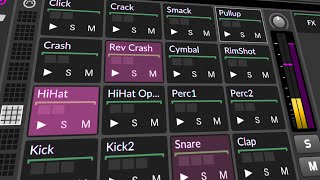
Feb 16, 2024 Tutorial
Today I tackled the problem of using multi-out VSTs like XLN Audio XO with Bitwig Studio's drum machine rack. After some trial and error, I found a solution that allows each drum pad to trigger a separate sound in the VST. By setting up audio receivers and note FX devices, I was able to seamlessly integrate the VST drum machine while still maintaining the functionality of the native drum machine in Bitwig Studio.
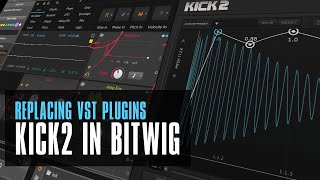
Apr 17, 2023 Tutorial
In this video, I show how to replace Kick 2 with basic grid patching in Bitwig Studio. I demonstrate how to recreate the functions of Kick 2 using the grid, including the oscillator, envelopes, click sound, EQ, distortion, and more. This offers more flexibility and customization options compared to using Kick 2, allowing users to create their own unique kick drum sounds.
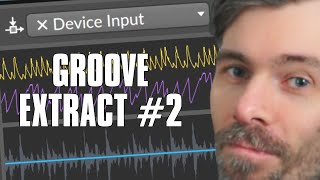
Mar 21, 2022 Tutorial
In this video, I discussed how to extract grooves from drum loops. I showed how a Transient Control can be used to detect transients within the drum loop, and then how that signal can be routed through a Note Grid and converted into a gate signal. I then discussed a more complicated method which involves creating a chain device, putting an audio receiver and transient controls in each band and using a node receiver to grab the signal from each band. I also discussed a solution to preserving note lengths when using the clock quantizer. Finally, I showed how the resulting signal can be delayed to create unique grooves.





